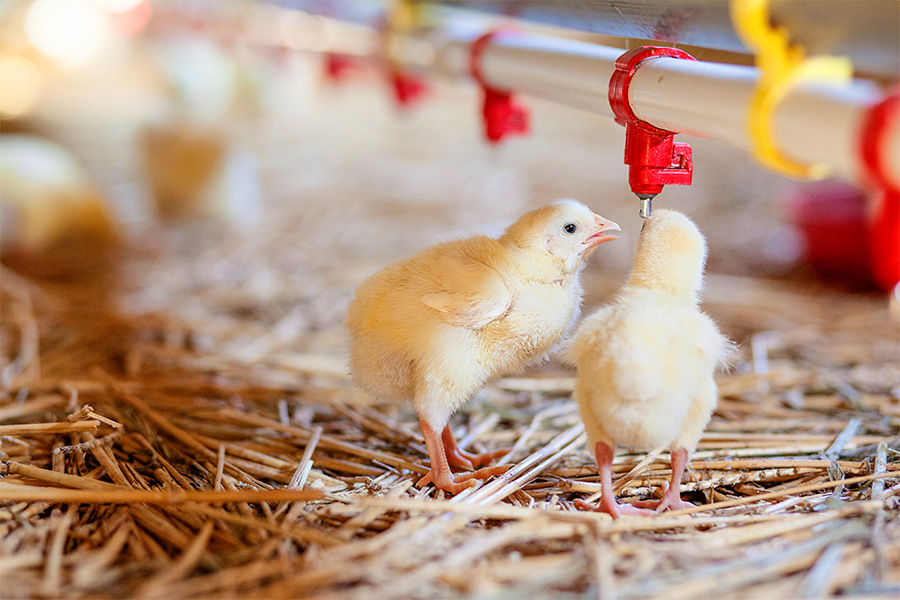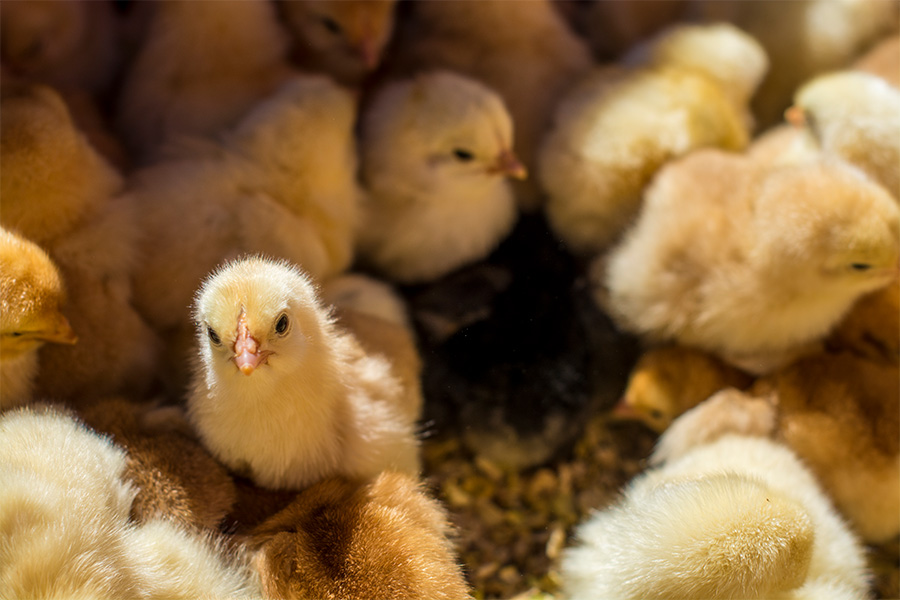Poultry Science
-

This module describes the role of energy in the body, how much energy is contained in our foods, and how to correctly identify the key nutrient classes that our bodies require from the foods we eat. All of these components are related to the general makeup of a commercial poultry diet. The module is designed to be one in a series of publications to supply relevant educational content related to the poultry industry to agricultural teachers, STEM teachers, and the general public.
Justin Fowler
|
-

An Excel workbook, Nutritional Response Determination Optimization (NuRDO). has been developed to simulate the optimal number or nutrient levels and replicates per level when planning nutritional requirement studies. With NuRDO, researchers can simulate data from what they think is the real shape of the response curve. They can then run up to 1,000 simulated experiments to see the combination of levels and replications that minimize the standard error or the requirements and other parameters for the broken-line models. SK and hyperbolic models. For example, consider the BLL model with a “true” requirement (REQ) of 5.2, a maximum of 99 units, a rate constant of 18.6 and a CV of 10%:For 5 input levels and 10 reps per level, the estimated REQ ± SD is equal to 5.196±0. 106, for 10 levels & 5 reps each, the REQ is 5.231±0 .157. The workbook can be used in this manner to determine the best combination of levels and reps to improve the chances or getting the best results possible from experiments.
Gene M. Pesti
|
-

New feed ingredients are evaluated and introduced to the feed industry every year. The evaluation process is necessary and includes feeding birds different levels of the test ingredient to estimate the maximum safe level (MSL). The MSL is usually estimated with a multiple range test, ignoring the fact that this test is inappropriate for this type of feeding trials where the independent variable is continuous. This paper describes the use of the Maximum Ingredient Optimization Workbook (MIOW) in estimating the MSL and determining the optimal combination or ingredient levels and replications for most efficient experimental design of future feeding trials. The MIOW calculates the results and the related descriptive statistics (SD, SE, Cl, and R2) based on simulation and non-linear regression models (broken-line linear and broken-line quadratic models).
Gene M. Pesti
|
-

This publication outlines the information needed to develop a Comprehensive Nutrient Management Plan (CNMP) for dry poultry litter operations.
Casey W. Ritz
|
-

Water is a critical nutrient that receives little attention until a problem arises. Not only should producers make an effort to provide water in adequate quantity, they should also know what is in the water to be used in evaporative cooling systems and consumed by the birds.
Casey W. Ritz and Brian D. Fairchild
|
-

This publication contains an Excel spreadsheet to help researchers determine the correct poultry population size for their experiments.
Mi Yeon Shim and Gene M. Pesti
|
-

The main objective in brooding chicks is to efficiently and economically provide a comfortable, healthy environment for growing birds. Temperature, air quality, humidity and light are critical factors to consider. Failure to provide the adequate environment during the brooding period will reduce profitability, resulting in reduced growth and development, poorer feed conversion, and increased disease, condemnation and mortality.
Brian D. Fairchild
|